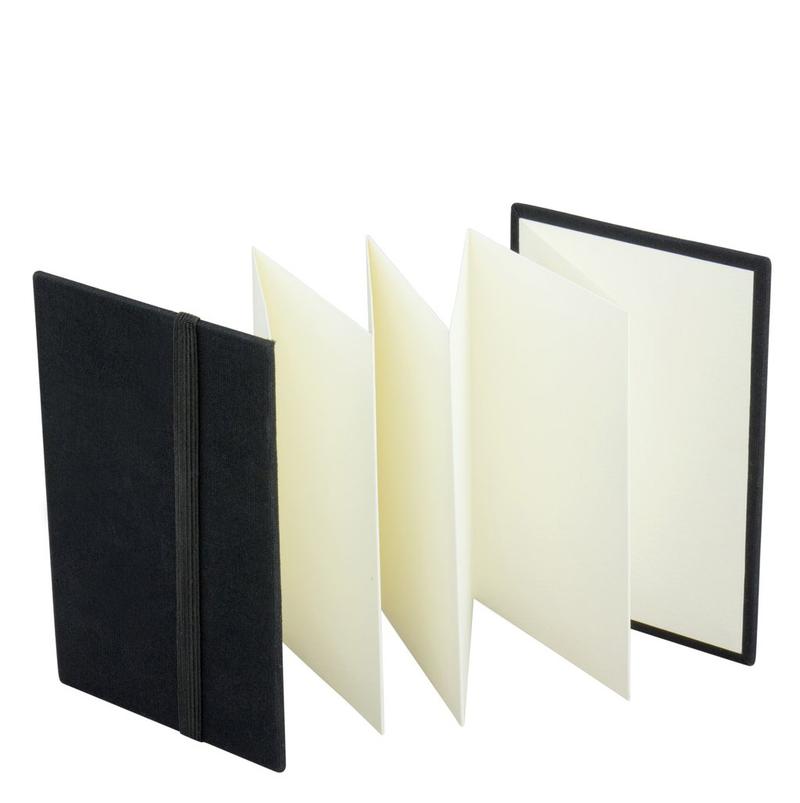Description
LETS TALK ABOUT ART PAPERS
Although the media have told us many times that a paperless society is inevitable, it seems that paper is not only alive and kicking, but also adapting to environmental concerns with the advent of sustainable sources and environmentally friendly production processes. When you buy a piece of paper, it is often graded by GSM, which refers to the grams per square metre. The higher this number, the thicker the paper. Generally, once a paper gets above about 180gsm, it starts to become light cardboard. If you are doing a range of sketches that you want to keep you need to make sure that you drop acid – from your paper of course! Using acid-free paper stock will ensure that your creations do not yellow or crumble over time. You will see an extreme example of the effect of acid on paper can when a newspaper is left in the sun. It quickly yellows and warps because of the acid content in both the ink and the paper itself.
Visual diaries can be used for sketching, there is no need to be limited by pens and pencils. You could also use glue and tape to include found objects such as leaves, pieces of paper or pictures from newspapers and magazines. The golden rule for keeping a visual diary is not to be too concerned about keeping it all neat and tidy. The more messy and disheveled they become, the more interesting they are. Most visual diaries contain cartridge papers of various thicknesses. The best visual diaries are those made with paper that comes from sustainable sources. Derivan has always been an avid supporter of green issues and has a demonstrated track record for using a process that have minimal effect on the environment.








